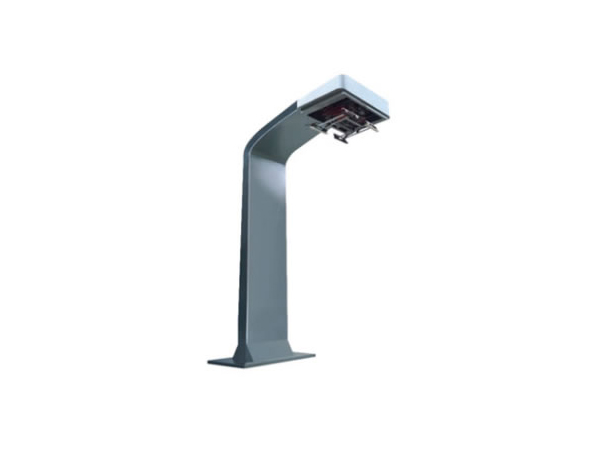-
13822183778@139.com
-
13822183778
What are the charging methods for new energy vehicles?
There are several charging methods for new energy vehicles, including:
Communication slow charging: This is one of the very common charging methods, usually using a 220V household power supply, connected to the vehicle through an AC charging station or a charging cable carried with the vehicle. Its advantages are that the cost of charging equipment is relatively low, the requirements for the power grid are not high, and it can use the low electricity price at night for charging, which is more economical. The disadvantage is that the charging speed is relatively slow, usually taking several hours or even longer to fully charge. It is suitable for long-term charging after daily parking, such as charging at home at night.

DC fast charging: using high voltage and high current DC electricity to directly charge the vehicle battery. Usually used in public fast charging stations, the charging power can reach tens of kilowatts or even hundreds of kilowatts, which can quickly replenish a large amount of electricity for vehicles and shorten charging time. However, the cost of DC fast charging equipment is relatively high, and it also requires high capacity and stability of the power grid. Frequent use of DC fast charging may have a certain impact on battery life.
Battery swapping mode: This method does not directly charge the battery, but removes the depleted battery from the vehicle and replaces it with a fully charged battery. The battery swapping process usually only takes a few minutes, which can greatly save time and solve the problem of battery life anxiety. However, the battery swapping mode requires the construction of a large number of swapping stations, with significant upfront investment, and the standardization of battery specifications is also a challenge for promotion.
Wireless charging: Through technologies such as electromagnetic induction and magnetic resonance, vehicles can be charged without physical connection when parked. This method is convenient, aesthetically pleasing, and can avoid wear and aging of the charging interface. However, currently wireless charging technology still has problems such as relatively low charging efficiency, limited charging distance, and high cost, and has not yet been widely popularized.
 How long does it take to charge ···
How long does it take to charge ···
 DC Fast Charging CCS type 2 plug
DC Fast Charging CCS type 2 plug
 The high-voltage and high-curren···
The high-voltage and high-curren···


